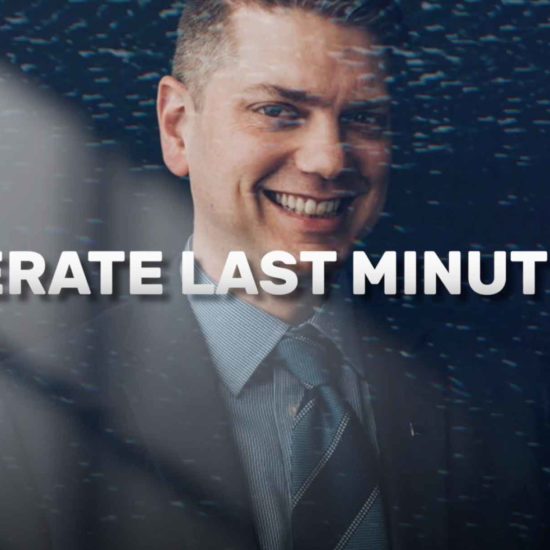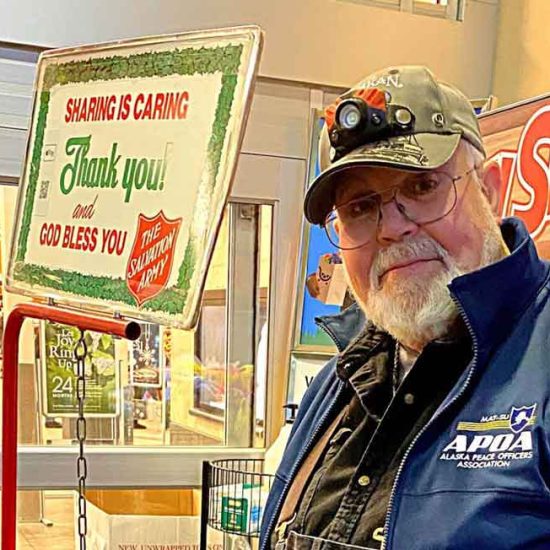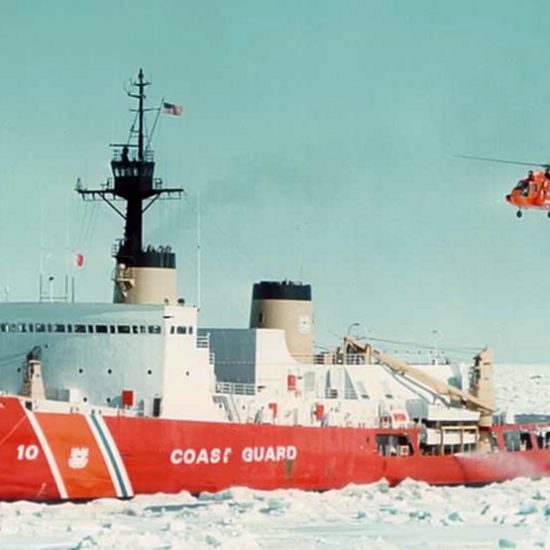What have we learned about how the second run of Kenai reds are managed?
Last year’s dipnet catch was some 48% of the peak caught in 2011, only 259,000 reds. Some 26,000 participated in the fishery. The decreased catch was created by ADF&G commfish management using back to back to back emergency openings that did not allow large slugs of reds to hit the Kenai River. Indeed, there were only three days when there were over 50,000 reds counted by the sonar. Craig Medred has been following this closely all year and wrote a column on it.
In that article, he reports that the 1,100 commercial permit holders caught 2.4 million reds, 17% below the average catch for the last decade. Medred also reports that the Kodiak drift fleet caught 636,000 sockeye bound for upper Cook Inlet and the Kenai River in 2012. And I guarantee you that they also caught no small number of pinks, chum and coho bound for upper Cook Inlet waters.
To “solve” this issue, ADF&G is proposing further restrictions on dipnetting on the Kenai which will in turn result in fewer fish caught by dipnetters. So, what is going on? Why is a single user group, with only 4% of the total number of those dipnetting getting priority for the commonly held resource?
The answer is that current ADF&G regulations on managing the second run of Kenai River reds prioritizes commercial catch over all other user groups. Here is what 5 AAC 21.360. Kenai River Late-Run Sockeye Salmon Management Plan says:
(a) The department shall manage the Kenai River late-run sockeye salmon stocks primarily for commercial uses based on abundance. The department shall also manage the commercial fisheries to minimize the harvest of Northern District coho, late-run Kenai River king, and Kenai River coho salmon stocks to provide personal use, sport, and guided sport fishermen with a reasonable opportunity to harvest salmon resources. Entire Regulation.
Clearly this regulation needs to change so that all user groups have an equal shot at catching fish.
Perhaps a rewrite of section (a) as follows should be considered:
(a) The department shall manage the Kenai River late-run sockeye salmon stocks to provide equal opportunity for all users based on abundance. The department shall also manage the commercial fisheries to minimize the harvest of Northern District coho, chum, pink, late-run Kenai River king, and Kenai River coho salmon stocks to provide personal use, subsistence, sport, and guided sport fishermen with an equal opportunity to harvest salmon resources.
Once the regulation is rewritten, then we can discuss prohibiting multiple emergency openings that do not allow catchable numbers of second run reds into the Kenai river, making them available for other user groups. A daily 8 – 12-hour window with commercial nets out of the water every single day would be one such solution. Another would be to include the ADF&G sport fish offices on the Kenai, Anchorage and the MatSu to have a vote on emergency openings. A final solution would be to move commercial nets around Kodiak back to the vicinity of Kodiak rivers so they could target Kodiak fish rather than the entirety of Cook Inlet.
This is a commonly held resource. And it is being managed to the benefit of a single, tiny user group. This must stop before other user groups take things into their own hands and pursue alternate solutions. Sooner would be better than later.
Alex Gimarc lives in Anchorage since retiring from the military in 1997. His interests include science and technology, environment, energy, economics, military affairs, fishing and disabilities policies. His weekly column “Interesting Items” is a summary of news stories with substantive Alaska-themed topics. He is a small business owner and Information Technology professional.











